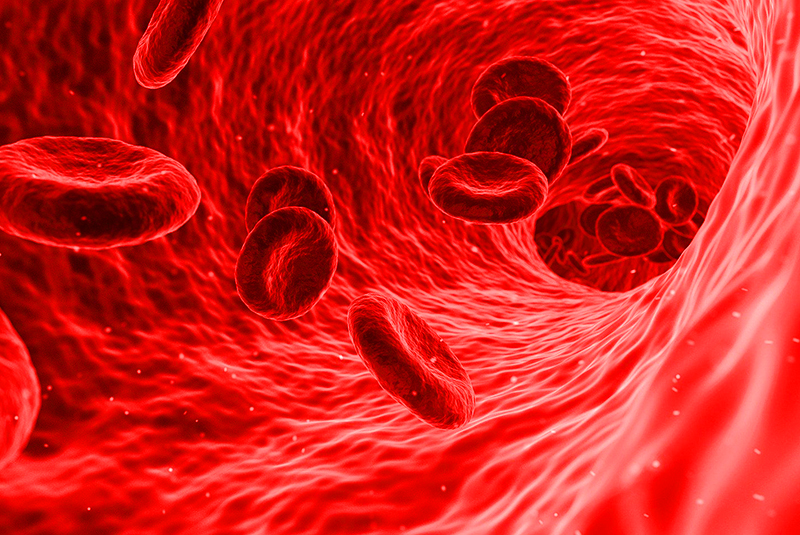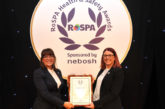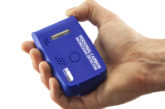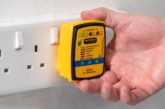
In 2019 Health and Safety Executive reported that 1.4 million workers suffered from an illness or injury that was caused within or by their place of work. For those in the construction industries, these health risks increase substantially, due to exposure to harmful materials and high-risk work environments.
Furthermore, the HSE data suggest that within the plumbing industry, 2,930 workers (per 100,000 people) experienced problems with respiratory illnesses and skin disease, with further concern over HAVS.
CE Safety is highlighting the most common health risks for those in the plumbing sector and offering advice on how you can take action to prevent these diseases and injuries.
According to HSE, the most debilitating diseases occur within the respiratory system. These illnesses include COPD and Asthma, something that many in the construction industry will face throughout their careers.
Although these are common risks within this sector, there are preventative measures that can be taken to avoid or decrease the risks.
COPD
Chronic obstructive pulmonary disease will often manifest itself as difficulty breathing, coughing, mucus production and also wheezing. This can occur when the individual is exposed to high levels of dust or breathing in harmful substances.
Gary Ellis from CE Safety advises: “One of the most effective ways to prevent COPD is to ensure access to the correct equipment, such as industrial face masks. The best masks to request from your employer, or invest in for your workers, are the FFP2 or FFP3. These will ensure protection against high levels of dust from substances such as silica and wood.
“Another preventative measure is to try and decrease the levels of dust within the work environment. This is easily done by ensuring you are using the correct equipment for the job, using water to decrease the levels of dust created and investing in vacuum extraction where possible.”
HAVS
Hand Arm Vibration Syndrome occurs due to overuse of high vibrational equipment such as saws and drills. It is one of the most common health risks within construction, but there are steps that can be taken to avoid risks to workers.
Gary Ellis adds: “Employers should provide a heavy rotation of workers, to ensure workers are not exposed to vibrations for long periods. This can help prevent long term damage to the hands and arms and reduce the risk of illnesses such as carpal tunnel, muscle wasting and Reynaud’s disease.
“Workers can also think carefully about the types of equipment they use for certain jobs, opting for low vibration equipment and techniques. For example, bursting or crushing in place of using a pneumatic drill.
“Employers can prevent the risk of circulatory diseases within their workers, such as Reynaud’s, by making sure all workers have warm clothing and layers to keep their core temperature high and aid with circulation.”
Skin damage
One of the biggest organs affected is the skin, particularly of the hands. Workers use their hands as their main tool, so keeping the skin on your hands in good condition is extremely important, to avoid a painful or complete inability to work.
With the exposure to various chemicals and materials, as well as overwashing, workers can often experience skin problems like contact dermatitis, irritation, inflammation and cracking. When the skin on the hands is damaged, it can invite grime and bacteria which will create further and more serious health concerns.
Gary Ellis shares a number of ways you can take better care of the skin whilst working. Some of the easiest are:
* Make sure to provide/request good quality hand soap
*Wear gloves as often as possible when handling materials and substances, that could irritate or dry out the skin on the hands
*Make sure to use a nourishing moisturiser after washing hands, keeping the hands moisturised will help to soothe dryness and inflammation
*Use industrial strength anti-bacterial wipes to dispel dirt and grime
Take preventative measures where possible, check the skin frequently to catch any problems in their early stages and take measures immediately to treat any soreness, redness or cracking, before it can become something more serious.
The full report can be found at cesafety.co.uk/managing-health-risks-within-the-plumbing-industry/













